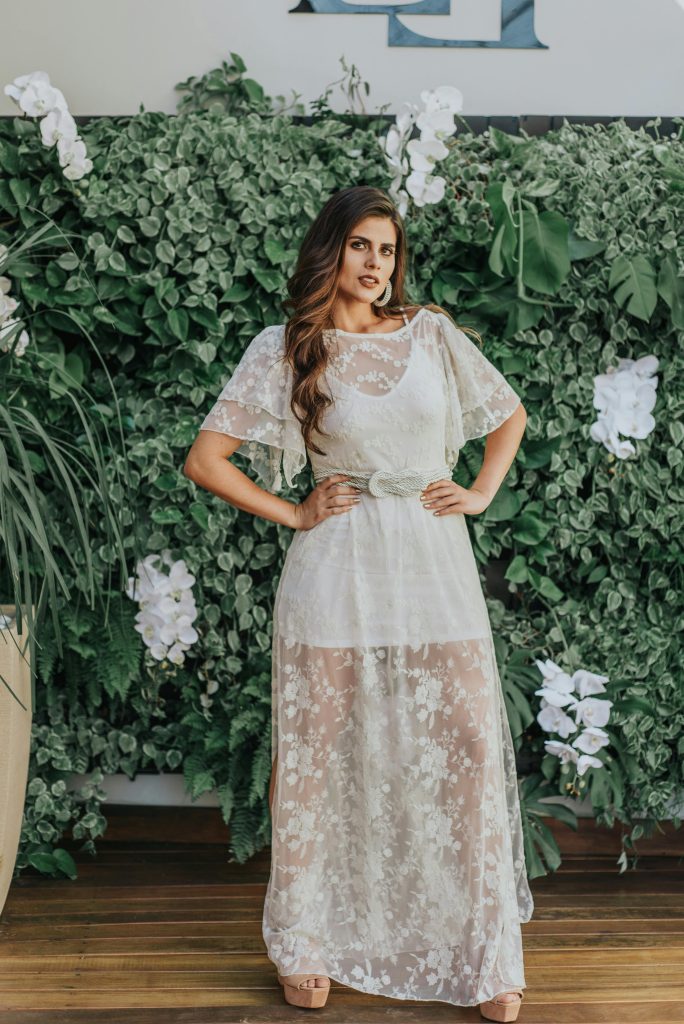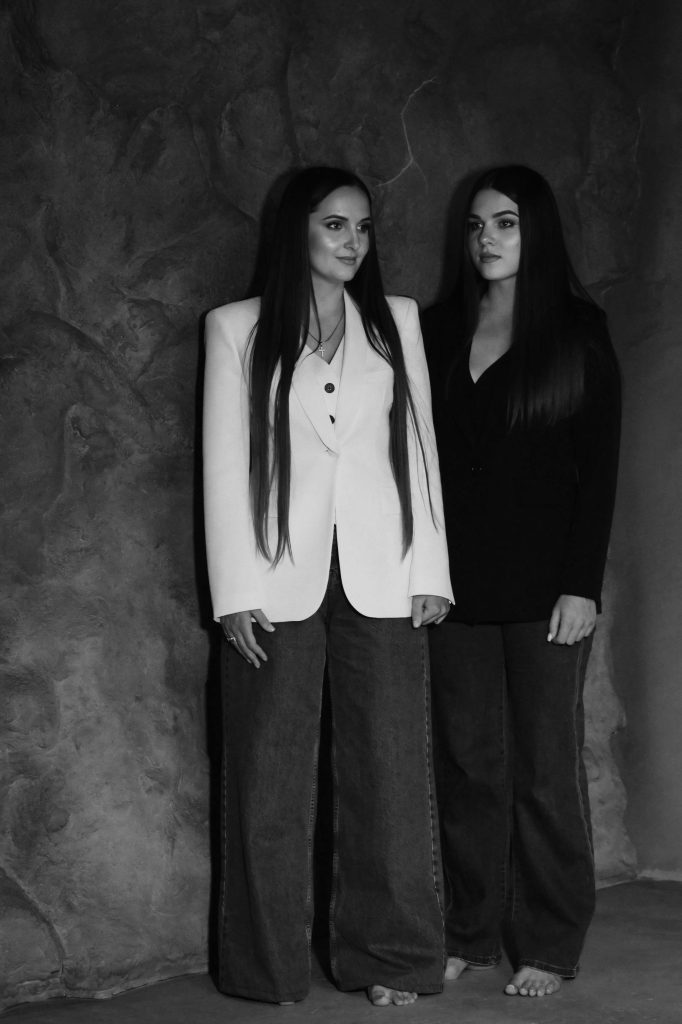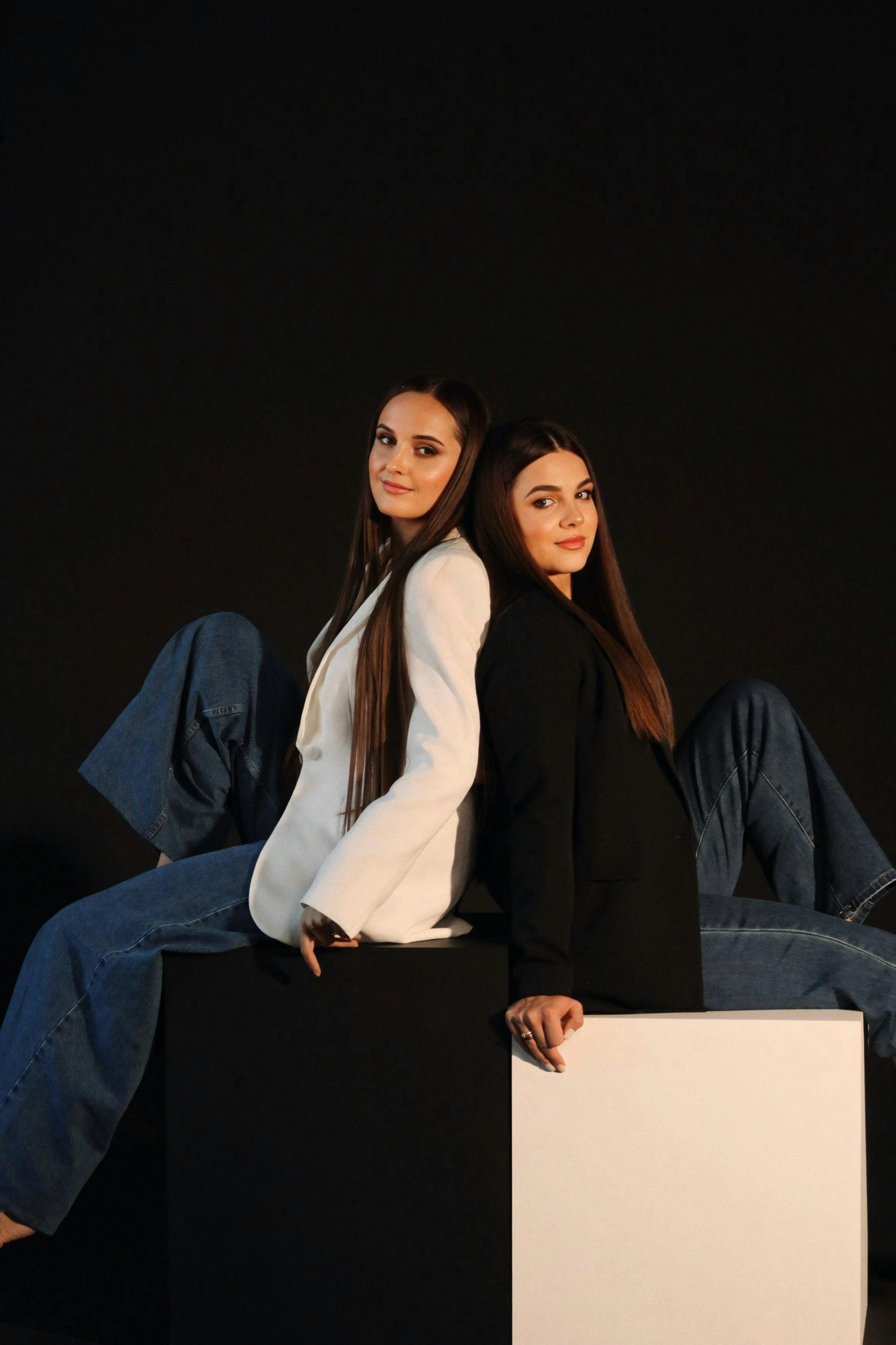The Best Women’s Fashion in the Revolution in Style 2024
September 28, 2024Women’s Fashion The 1920s, often referred to as the Roaring Twenties, was a decade marked by significant cultural change and fashion revolution. After the end of World War I, society witnessed newfound freedoms, which were reflected prominently in the era’s fashion. Women’s fashion, in particular, underwent a transformation that has continued to influence styles even today. This article will delve into the iconic trends, influences, and key elements of 1920s women’s fashion.
The Influence of the Flapper on 1920s Fashion

Who Were the Flappers?
The Flapper was the epitome of 1920s . These young women defied social norms by adopting bold and liberated styles. Their fashion choices were a direct response to the previous decade’s conservative and restrictive clothing. The Flapper not only revolutionized women’s attire but also symbolized a more independent and confident lifestyle.
Flapper Dresses: Bold, Short, and Free
Flapper dresses were characterized by their loose fit and shorter lengths. This was a stark contrast to the corseted and layered dresses worn by women in previous eras. Dresses were typically knee-length, which was considered scandalous at the time, and often featured sleeveless designs. Beads, sequins, and fringes were commonly used to add movement and flair, making these dresses ideal for dancing, particularly the Charleston, a popular dance of the time.
Key Elements of 1920s Women’s Fashion
The Shift from Corsets to Freedom
One of the most significant changes in 1920s fashion was the abandonment of the corset. For centuries, corsets were worn to create an exaggerated hourglass figure. However, in the 1920s, women embraced looser, more comfortable clothing that allowed for greater freedom of movement. The boyish silhouette became popular, with dresses designed to hang straight from the shoulders, downplaying curves.
Fabrics and Materials
Fashion in the 1920s saw the use of luxurious materials such as silk, velvet, and chiffon, often adorned with beads and sequins. These fabrics were not only visually appealing but also enhanced the fluidity and movement of the garments, which was essential for the active lifestyle women were beginning to embrace. The influence of Art Deco also brought in geometric patterns and bold colors, adding to the vibrancy of the fashion.
Accessories: The Finishing Touch
No 1920s outfit was complete without the right accessories. Women often paired their dresses with long strands of pearls, feathered headbands, and cloche hats. Gloves, scarves, and t-strap shoes were also popular. Another iconic accessory of the era was the cigarette holder, symbolizing the newfound independence and boldness of women during the decade.
Hairstyles and Makeup of the 1920s
The Bob Cut
The bob cut was one of the most revolutionary hairstyles of the 1920s. This short, cropped hairstyle became a symbol of modernity and independence. Women who adopted the bob often faced criticism for defying traditional beauty standards, but it quickly became a mainstream trend.
Bold Makeup
Makeup in the 1920s took on a much bolder and dramatic tone. Women began to wear dark eyeliner, deep red lipstick, and heavily rouged cheeks, creating a striking and glamorous look. The use of makeup was no longer reserved for actresses or prostitutes, as it had been in the past, but became an essential part of everyday fashion for women.
The Role of Designers in 1920s Fashion
Coco Chanel: A Pioneer in Women’s Fashion
One of the most influential figures in 1920s fashion was Coco Chanel. Chanel was a driving force behind the liberation of women from the constraints of traditional fashion. She popularized the use of jersey fabric, which was typically reserved for men’s undergarments, and created designs that emphasized comfort and practicality without sacrificing style. Chanel’s designs, such as the little black dress, remain iconic to this day.

Jeanne Lanvin and Art Deco Fashion
Another key designer of the 1920s was Jeanne Lanvin, who drew inspiration from the Art Deco movement. Lanvin’s designs were known for their intricate detailing, bold colors, and use of luxurious materials. She often created robes de style, which were formal dresses with full skirts, offering an alternative to the flapper’s straight-line silhouette.
The Social Impact of 1920s Fashion
Fashion as a Form of Rebellion
The fashion of the 1920s was more than just a change in style; it was a form of social rebellion. Women were stepping out of the domestic sphere and into the workforce, demanding more freedom and equality. Their clothing choices reflected this shift, as they moved away from restrictive attire and embraced more practical, comfortable, and expressive styles.
The Rise of Consumer Culture
The 1920s also saw the rise of consumer culture, with mass production making fashionable clothing more accessible to the average woman. Department stores and fashion magazines played a crucial role in spreading the latest trends, making it easier for women to stay up-to-date with the latest styles.
Evening Wear and Extravagance

The Glamour of Evening Gowns
Evening wear in the 1920s was all about glamour and opulence. Women wore floor-length gowns adorned with intricate beadwork, sequins, and feathers. These gowns were often designed to sparkle and shimmer under the lights of a nightclub or ballroom, creating a dazzling effect.
Fur Stoles and Capes
To complete their evening look, many women wore fur stoles or capes over their dresses. These luxurious pieces added an extra layer of elegance and sophistication to their outfits.
The Legacy of 1920s Fashion
The fashion trends of the 1920s continue to influence modern designers and styles. From the flapper dress to the bob haircut, the decade’s emphasis on freedom, individuality, and boldness has left a lasting impact on the world of fashion. 1920s not only transformed the way women dressed but also challenged societal norms, paving the way for greater self-expression and independence in the decades that followed.

I am Freelancer From In Bangladesh
InFo : Whatsapp : 01616708249
Gmail : freelancerrakib819@gmail.com
